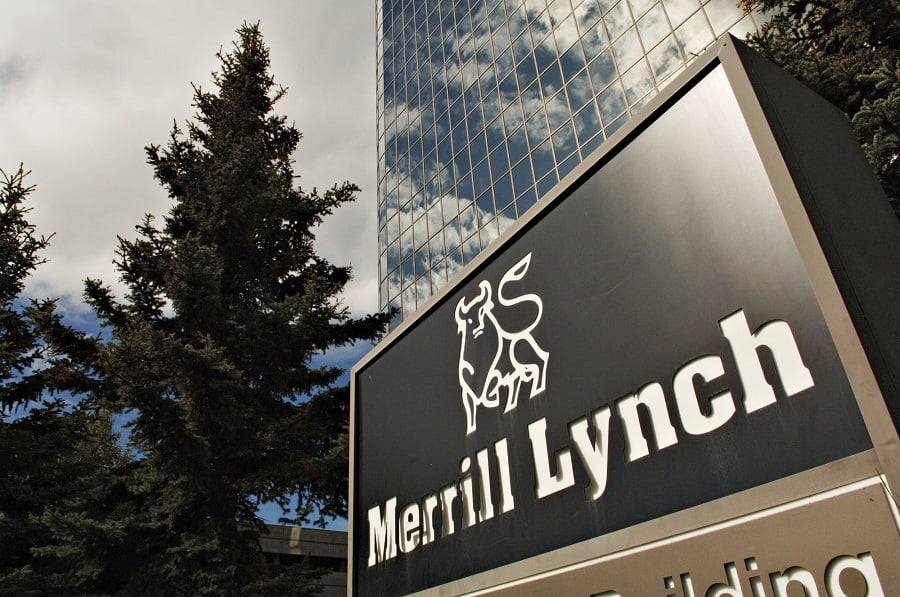

Merrill has lowered the minimum for its digital advice platform, Merrill Edge Guided Investing, and opened it up for clients who have at least $1,000 to invest with the Bank of America unit.
The platform, which launched in 2017, originally had a minimum investment of $5,000. However, given the ongoing trends to democratize finance and investing, Merrill is on a mission to expand access to mainstream investors through its offerings, too, said Matt Gellene, head of client management.
The bank has seen a rise in consumer investment assets in the last year, which is another reason it is expanding access to its digital advice platform, Gellene said. During the fourth quarter of 2020, consumer investment assets increased 27% year over year to $306 billion, driven by market performance and a 10% increase in client accounts, which hit 3 million, according to Bank of America’s fourth-quarter financial results.
Merrill Guided Investing operates differently than traditional robo-advisers since users have access to 15 investment strategies that are built and managed by the company’s Chief Investment Office, or a team of professional portfolio managers that monitor, manage and rebalance a client’s portfolio, instead of an algorithm.
Merrill has continuously added features to its digital advice platform over the years, including access to impact portfolios, which were available in 2018. Merrill Guided Investing launched a feature that allows clients to set, adjust and track personalized financial goals – whether for retirement, large purchases or other aspirations in March 2019.
External assets, including Social Security benefits, can be added to help investors estimate future income as they assess their goals. Merrill Guided Investing also includes real-time cash transfers; easy withdrawals; and connected banking and investing with Bank of America accounts.
As fintech apps continue to disrupt the industry and gain market share, some incumbents have responded by dropping fees or lowering minimums to expand access to investing. For example, UBS Financial Services slashed the minimum investment in its hybrid robo–advice product, dubbed UBS Advice Advantage, from $10,000 to $5,000, in October.
In August, Fidelity Investments dropped fees for its robo-adviser offering, Fidelity Go, to zero on accounts with less than $10,000.
The new minimum for Merrill's low-cost digital investing platform is also on par with Goldman Sachs, which launched Marcus Invest in February. Mainstream investors can open a robo-advice account with Goldman Sachs with just $1,000 and a smartphone.

Some in the industry say that more UBS financial advisors this year will be heading for the exits.

The Wall Street giant has blasted data middlemen as digital freeloaders, but tech firms and consumer advocates are pushing back.

Research reveals a 4% year-on-year increase in expenses that one in five Americans, including one-quarter of Gen Xers, say they have not planned for.

Raymond James also lured another ex-Edward Jones advisor in South Carolina, while LPL welcomed a mother-and-son team from Edward Jones and Thrivent.

MyVest and Vestmark have also unveiled strategic partnerships aimed at helping advisors and RIAs bring personalization to more clients.
Orion's Tom Wilson on delivering coordinated, high-touch service in a world where returns alone no longer set you apart.
Barely a decade old, registered index-linked annuities have quickly surged in popularity, thanks to their unique blend of protection and growth potential—an appealing option for investors looking to chart a steadier course through today's choppy market waters, says Myles Lambert, Brighthouse Financial.
